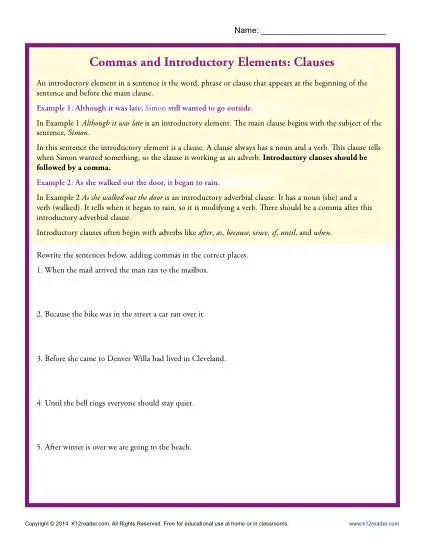

- #2 story addition with b as element how to#
- #2 story addition with b as element software#
- #2 story addition with b as element series#
Once you start noticing them, you’ll see grids all around you. They come in all shapes, sizes, and colors. Lines are the most basic elements of design.
#2 story addition with b as element how to#
Let’s take a closer look at each element to have a better understanding of how they work and how to use them. You’ll be able to dissect a design piece and see the behind-the-scenes process. You can use these elements alone or in combination with each other, depending on what you're looking to achieve.Ī solid understanding of these concepts gives you the ability to understand your design pieces and others you come across. Each element is a crucial part of a visual message, and the combination of these has an impact on how the design is perceived. These basic components are essential in art and design and how you can visually construct pieces. Think of the elements of design as the ingredients you need for a recipe.
#2 story addition with b as element series#
Don’t forget to follow this article series on the principles of design to learn how to successfully arrange the basic elements of design we learn today. In this first article, we’ll dive into seven of the most basic elements in design that can help you improve your content creation skills and ability to communicate through design. These principles are important concepts that can help you organise the basic structural elements on a page. These objects can be arranged in any way as part of your composition we call this the principles of design. These elements are the building blocks you need to construct your design. By carefully and thoughtfully arranging elements on a page, you are able to portray more than just visuals.ĭesign is made up of basic elements built into a structure that communicates a message.

When we look at a design piece, our eyes are looking at a composition.
9.0.Understanding the fundamentals of design is the first step to creating cohesive and harmonious visuals. 9.0.7 RC2 (numbers refer to the corresponding Bugzilla bug id, not the GitHub #). 9.0.6 2.0.0rc3 (numbers refer to the corresponding Bugzilla bug id, not the GitHub #). 9.0.5 2.0.0 - (numbers refer to the corresponding Bugzilla bug id, not the GitHub #). 9.0.4 2.0.1 (numbers refer to the corresponding Bugzilla bug id, not the GitHub #). 9.0.3 2.1.0 (numbers refer to the corresponding Bugzilla bug id, not the GitHub #). 8 Internationalization - Metadata in multiple languages. 7.6.5 Additional background information. 7.4 Vocabularies and repositories used in examples. 7.2.3 Annotations grouped under the EML element. 7.2.2 Top-level resource, entity-level, and attribute annotations. 7.1.3 Other Conventions and Terminology. 5.4.3 The eml-access module - Access control rules for resources. 5.4.2 The eml-semantics module - Semantic annotations for formalized statements about EML components. 5.4.1 The eml-text module - Text field formatting. 5.3.5 The eml-methods module - Methodological information for resources. 5.3.4 The eml-project module - Research context information for resources. 5.3.3 The eml-coverage module - Geographic, temporal, and taxonomic extents of resources. 5.3.2 The eml-party module - People and organization information. 5.3.1 The eml-physical module - Physical file format.  5.3 Discovery and Interpretation Modules. 5.2.9 The eml-view module - Data tables resulting from a database query. 5.2.8 The eml-storedProcedure module - Data tables resulting from procedures stored in a database. 5.2.7 Schema for validating spatial referencing descriptions. 5.2.6 The eml-spatialVector module - Logical information about non-gridded geospatial image data. 5.2.5 The eml-spatialRaster module - Logical information about regularly gridded geospatial image data. 5.2.4 The eml-dataTable module - Logical information about data table entities. 5.2.3 The eml-constraint module - Relationships among and within dataset entities. 5.2.2 The eml-attribute module - Attribute level information within dataset entities. 5.2.1 The eml-entity module - Entity level information within datasets. 5.1.6 The eml-protocol module - Research protocol specific information.
5.3 Discovery and Interpretation Modules. 5.2.9 The eml-view module - Data tables resulting from a database query. 5.2.8 The eml-storedProcedure module - Data tables resulting from procedures stored in a database. 5.2.7 Schema for validating spatial referencing descriptions. 5.2.6 The eml-spatialVector module - Logical information about non-gridded geospatial image data. 5.2.5 The eml-spatialRaster module - Logical information about regularly gridded geospatial image data. 5.2.4 The eml-dataTable module - Logical information about data table entities. 5.2.3 The eml-constraint module - Relationships among and within dataset entities. 5.2.2 The eml-attribute module - Attribute level information within dataset entities. 5.2.1 The eml-entity module - Entity level information within datasets. 5.1.6 The eml-protocol module - Research protocol specific information. #2 story addition with b as element software#
5.1.5 The eml-software module - Software specific information. 5.1.4 The eml-literature module - Citation-specific information. 5.1.3 The eml-dataset module - Dataset specific information. 5.1.2 The eml-resource module - Base information for all resources. 5.1.1 The eml module - A metadata container. 4.15 Validity of new EML 2.2.0 documents. 4.14 How can I convert from earlier versions of EML?. 4.13 Support for ids in taxonomicClassification. 4.10 “unkown” deprecated as element value.







 0 kommentar(er)
0 kommentar(er)
